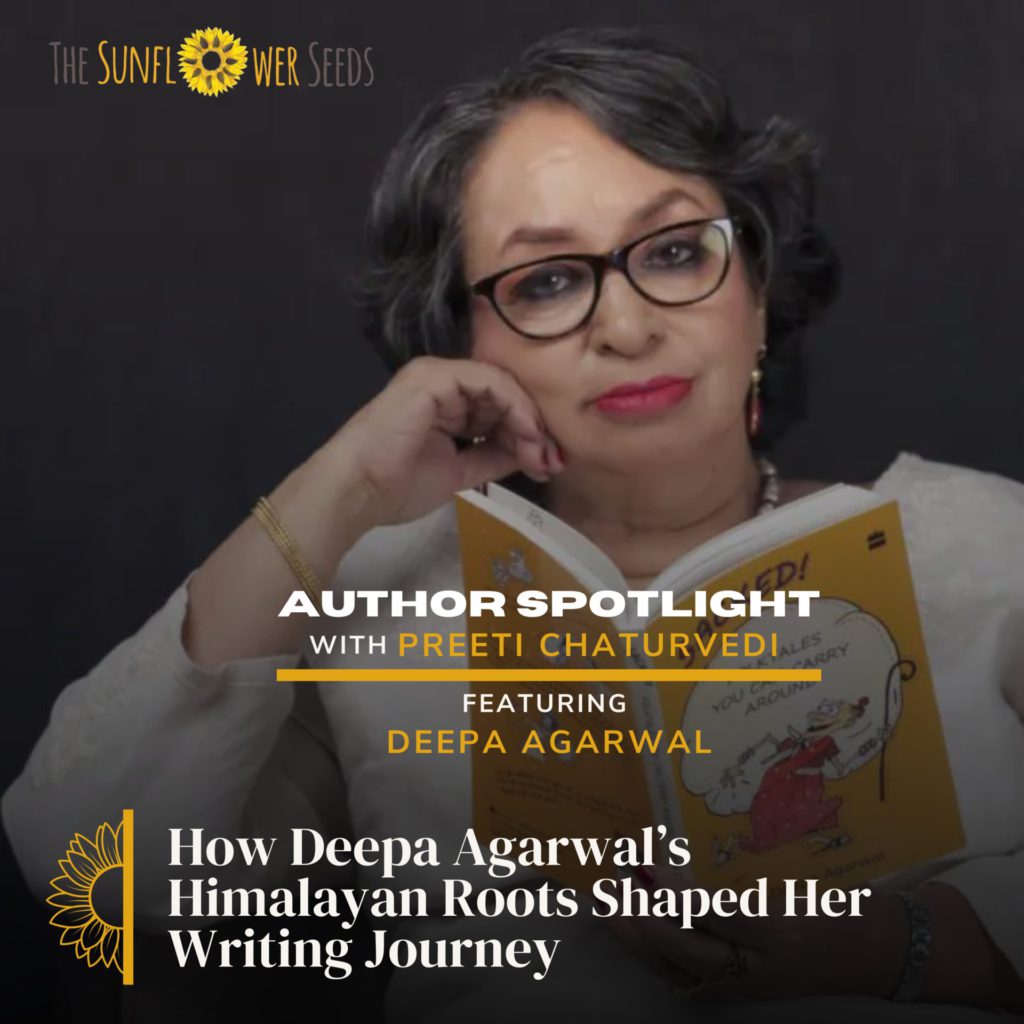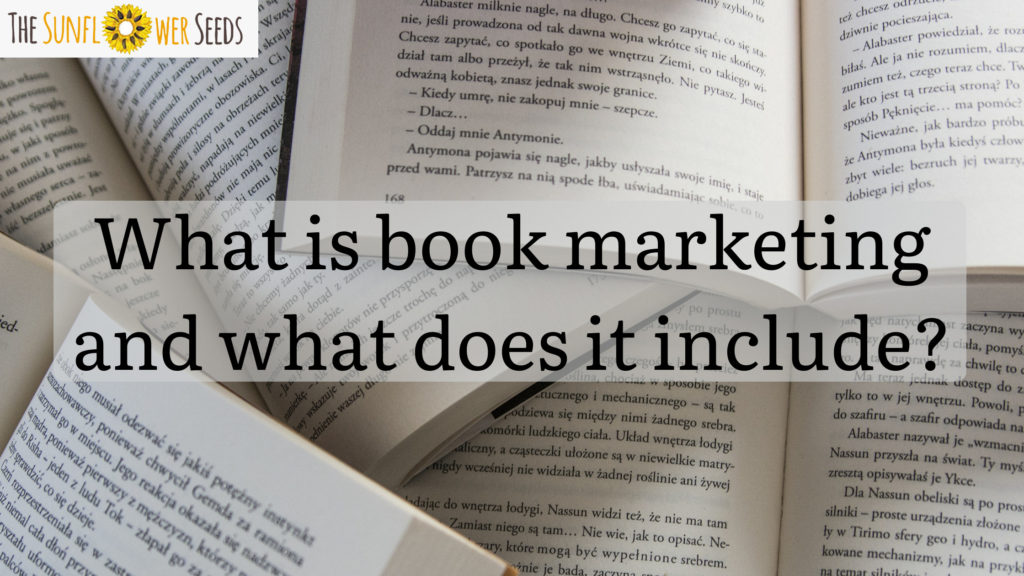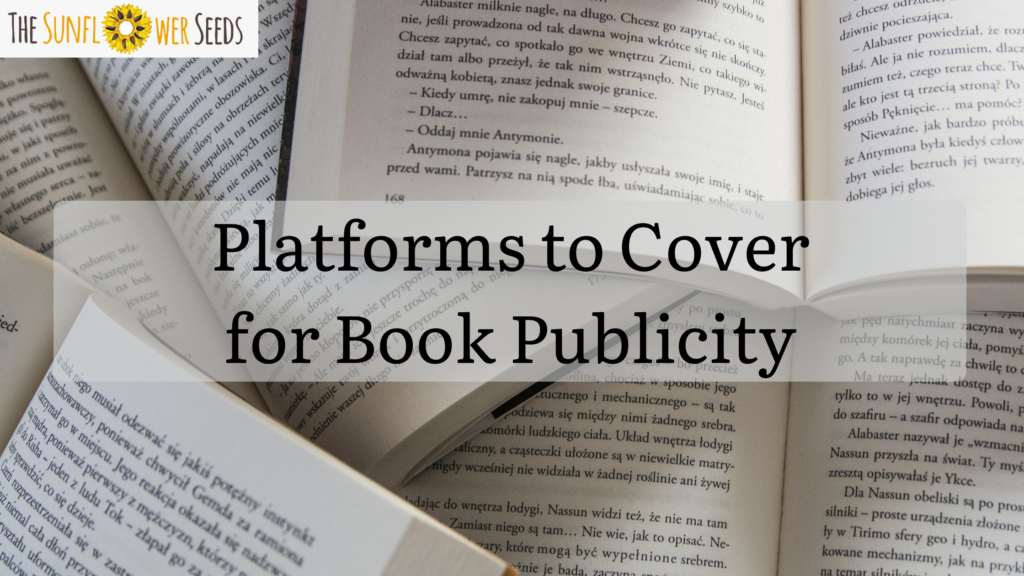How to Write Mythology: Best Guide to Crafting Mythological Stories
“The Indian Mythology has a theory of cycles, that all progression is in the form of waves”
— Swami Vivekanand

Writing mythology is a creative journey that involves weaving cultural heritage, timeless themes, and imaginative storytelling into a compelling narrative. Whether you’re exploring Indian mythology or crafting your own mythical universe, your story can capture readers’ imaginations with the right approach. This blog delves into the intricacies of writing mythology, focusing on the steps and techniques to create engaging tales while incorporating lessons from real-world myths.
At The Sunflower Seeds, we understand how challenging the journey can be. That’s why we’re dedicated to helping writers at every stage—whether you’re brainstorming ideas for a myth, drafting your manuscript, or preparing to publish. Our expert team ensures your book gets the care and attention it needs to succeed in the competitive literary world, making your writing journey smoother and more rewarding.
Why Is Mythology Essential in Storytelling?
Mythology enriches storytelling by adding depth and universal resonance. These stories are often rooted in the beliefs and traditions of a culture, offering a mirror to societal values and human nature. From ancient Indian texts like the Mahabharata and Ramayana to modern myth-inspired works like Neil Gaiman’s American Gods, myths transcend time and space, providing endless inspiration for writers.
How to Write Mythology: Crafting Tales Inspired by Indian Traditions
Writing mythology is a journey into the realm of gods, heroes, and cosmic battles. Whether inspired by Indian mythology or a desire to craft your own mythical world, the process combines creativity, research, and a deep connection to timeless themes. If you’ve ever wondered how to write mythology or how to create a mythological story, this guide will help you navigate this captivating genre.
What Makes Mythology Writing So Compelling?
Mythology is more than storytelling; it’s a medium to explore universal truths and moral complexities. Indian mythology, in particular, is a treasure trove of narratives that offer insights into human nature and cosmic order. Epics like the Mahabharata and Ramayana delve into themes of duty, honor, and sacrifice, resonating with readers across generations.
Crafting mythological fiction allows writers to reimagine these timeless themes or create entirely new myths that echo the cultural and philosophical depth of traditional tales.
Steps to Start Writing a Myth
- Immerse in Source Material
To write compelling mythology, start with research. Indian mythology offers an abundance of texts, such as the Puranas, Upanishads, and regional folklore. These serve as a foundation to understand the ethos and recurring motifs in mythical storytelling. - Define Your Mythical World
Whether you are reinterpreting classic myths or creating a new universe, establish clear rules. What kind of gods, creatures, or cosmic forces exist? How do they interact with humans? This framework ensures consistency in your narrative. - Weave Symbolism into Your Story
Mythology thrives on symbolism. In Indian stories, elements like the lotus represent purity, while the trident symbolizes power. Infusing your tale with such layers adds depth and meaning. - Develop Relatable Characters
While gods and heroes often take center stage, their human-like flaws and virtues make them memorable. For instance, Shiva’s introspection or Draupadi’s strength in adversity resonates with readers on a personal level.
What Makes a Mythological Story Engaging?
Crafting mythology involves creating a vibrant world with distinct rules, characters, and conflicts. An essential element is the characters, who often represent universal archetypes like the hero, the trickster, or the creator. Take inspiration from figures like Krishna, who embodies wit, charm, and divine wisdom, or Ravana, whose multifaceted personality challenges traditional notions of villainy.
Conflict is another critical aspect. Whether it’s a battle between gods, an inner moral struggle, or a hero’s quest, the conflict should drive the narrative. For instance, the Mahabharata explores the complexities of duty, loyalty, and justice, making it a timeless tale of human dilemmas.
Your myth should also have a well-defined setting. Is your world a celestial realm like Svarga or a mythical land inspired by real geography? Adding unique details, such as mystical rivers or enchanted forests, enhances the reader’s immersion.
How Can You Incorporate Symbolism?
Symbolism gives myths layers of meaning, enriching the reader’s experience. In Indian mythology, symbols abound—from the lotus flower, which represents purity, to the snake, a symbol of transformation and rebirth. Think about how elements like celestial bodies, animals, or artifacts can carry deeper significance in your story.
How Can The Sunflower Seeds Help?
Writing mythology can be overwhelming, but expert guidance can make all the difference. The Sunflower Seeds specializes in helping writers craft, publish, and market their stories. Whether you’re drafting a manuscript or refining a tale inspired by Indian mythology, their team offers personalized support at every step. By leveraging their expertise, you can ensure your story resonates with readers and stands out in the competitive literary landscape.
Why Should You Explore Indian Mythology?
Mythological fiction has gained immense popularity in recent years, with authors reinterpreting timeless myths in unique ways. One standout example is Amish Tripathi‘s Shiva Trilogy, which reimagines Lord Shiva as a mortal hero. The series, starting with The Immortals of Meluha, offers a fresh perspective on Indian mythology while staying rooted in its spiritual essence. The books explore themes of leadership, morality, and destiny, captivating readers globally. Similarly, Chitra Banerjee Divakaruni’s The Palace of Illusions retells the Mahabharata through the eyes of Draupadi, giving voice to a character often overshadowed in traditional narratives. By focusing on her experiences and emotions, Divakaruni creates a deeply feminist and humanized portrayal of mythological events.
Another fascinating work is Neil Gaiman‘s American Gods, which blends various mythologies from around the world into a modern setting. The novel explores the struggle between old gods and new-age deities, creating a thought-provoking commentary on culture and belief systems. For readers interested in Indian mythology, Ashok K. Banker‘s Ramayana series provides a richly detailed retelling of the epic, balancing authenticity with creativity. These works demonstrate the versatility of mythological fiction and serve as excellent inspirations for writers looking to delve into this genre. By combining traditional myths with contemporary sensibilities, authors have crafted stories that resonate with readers across generations and cultures.
How Smriti Dewan Brings Mythology to Life: Insights for Aspiring Writers

In an insightful interview with Smriti Dewan, a renowned mythological fiction writer, she shed light on her profound connection with mythology and its evolving relevance. Smriti shared, “Mythology has always been a source of guidance and introspection for me. It’s not just a collection of ancient tales; it’s a reservoir of life lessons. Losing a parent early left me searching for wisdom and direction, which I found in these timeless stories.” She emphasized the vastness of Indian mythology, highlighting its rich array of characters, divine entities, and philosophical texts like the Puranas and Upanishads. Smriti’s approach to writing is rooted in staying true to the essence of these epics while making them relatable for modern audiences. She elaborated, “Today’s readers live in a world of skepticism and instant gratification. My role as a writer isn’t to preach but to craft characters and narratives that resonate with their reality.” Smriti’s process involves in-depth research and reimagining traditional tales with a fresh perspective, as seen in her explorations of characters like Urmila and Yashodhara. Her advice to aspiring writers? “Write from the heart, stay authentic, and let the stories flow naturally.” This blend of authenticity and relatability makes her work a bridge between the ancient and the contemporary, breathing new life into mythology for today’s readers.
How Do You Make Your Myth Relevant Today?
To connect with contemporary readers, consider weaving modern themes into your myth. Issues like climate change, gender equality, or identity can find parallels in mythological tales. By drawing from timeless themes while addressing current concerns, you create stories that are both meaningful and relatable.
Conclusion: Bringing Your Myth to Life
Writing mythology is more than an artistic endeavor; it’s a way of connecting with universal truths and exploring the human experience. Whether you’re drawing from ancient Indian texts or creating your own mythical world, remember that the best myths are those that resonate emotionally and intellectually.
At The Sunflower Seeds, we believe in nurturing writers who dare to dream big. From writing workshops to publishing solutions, we’re here to help you transform your vision into a story that captivates readers. Ready to write your own Mythological Tale? Let us guide you every step of the way.





